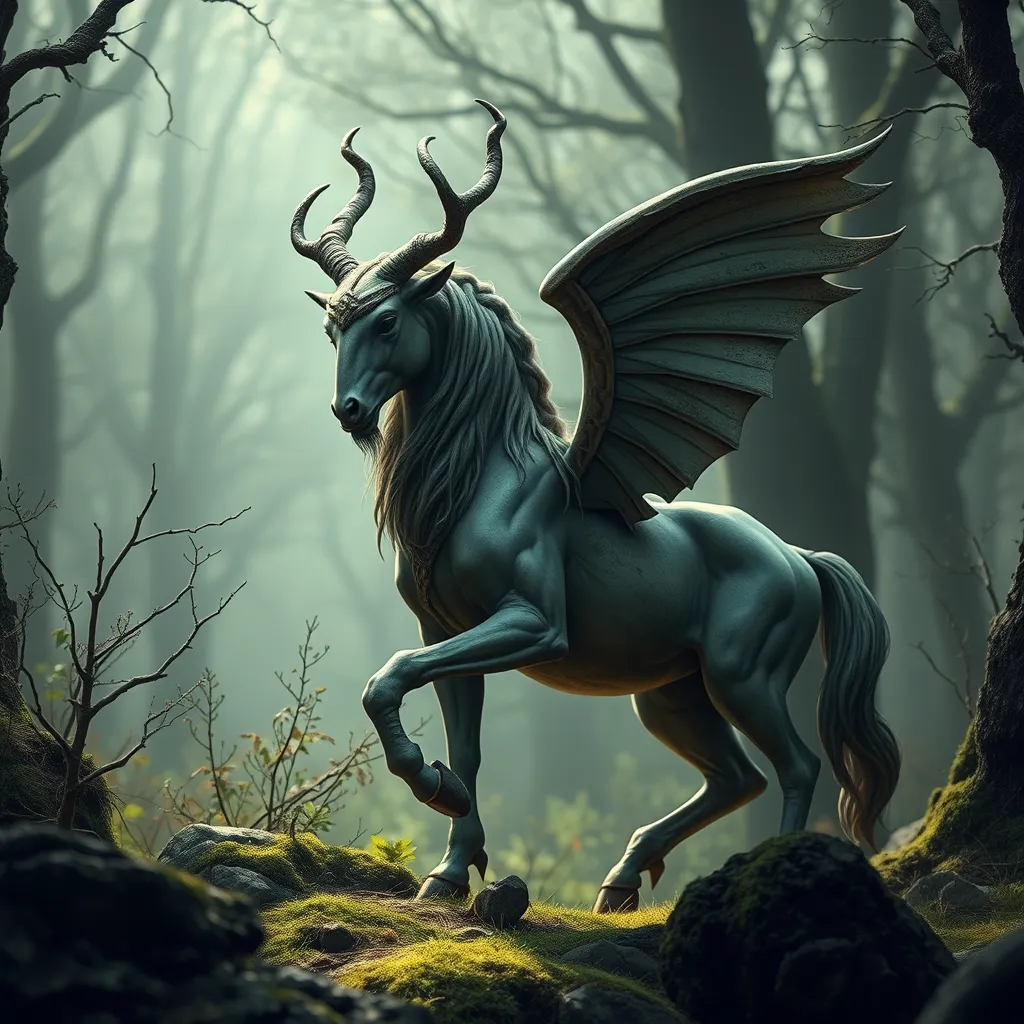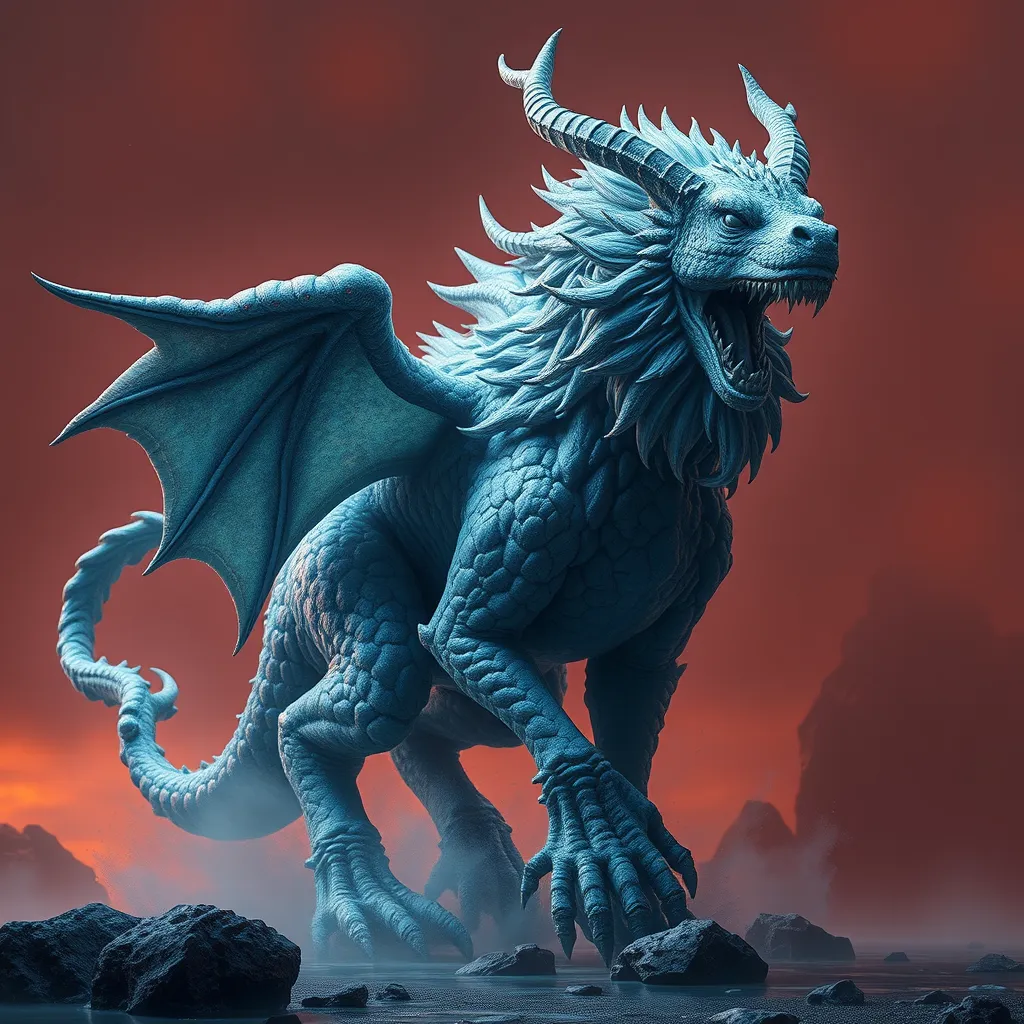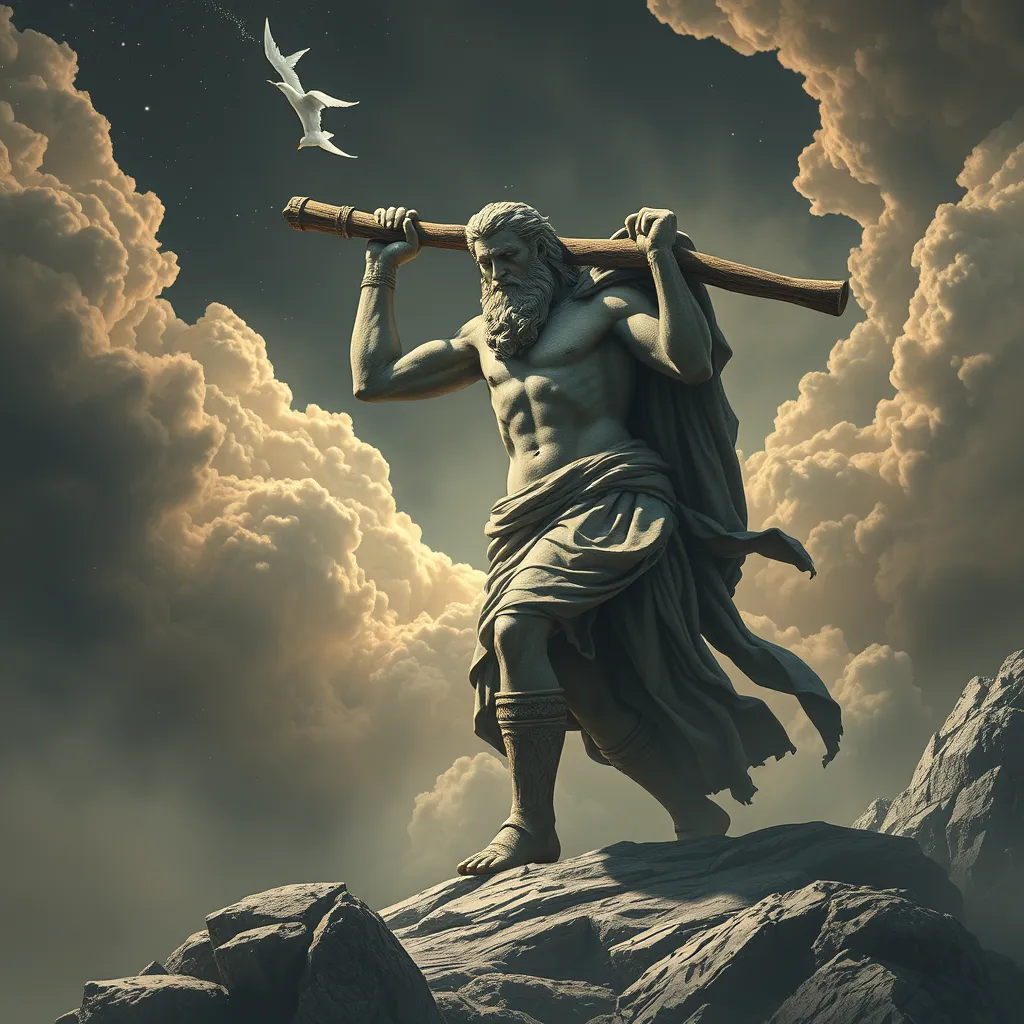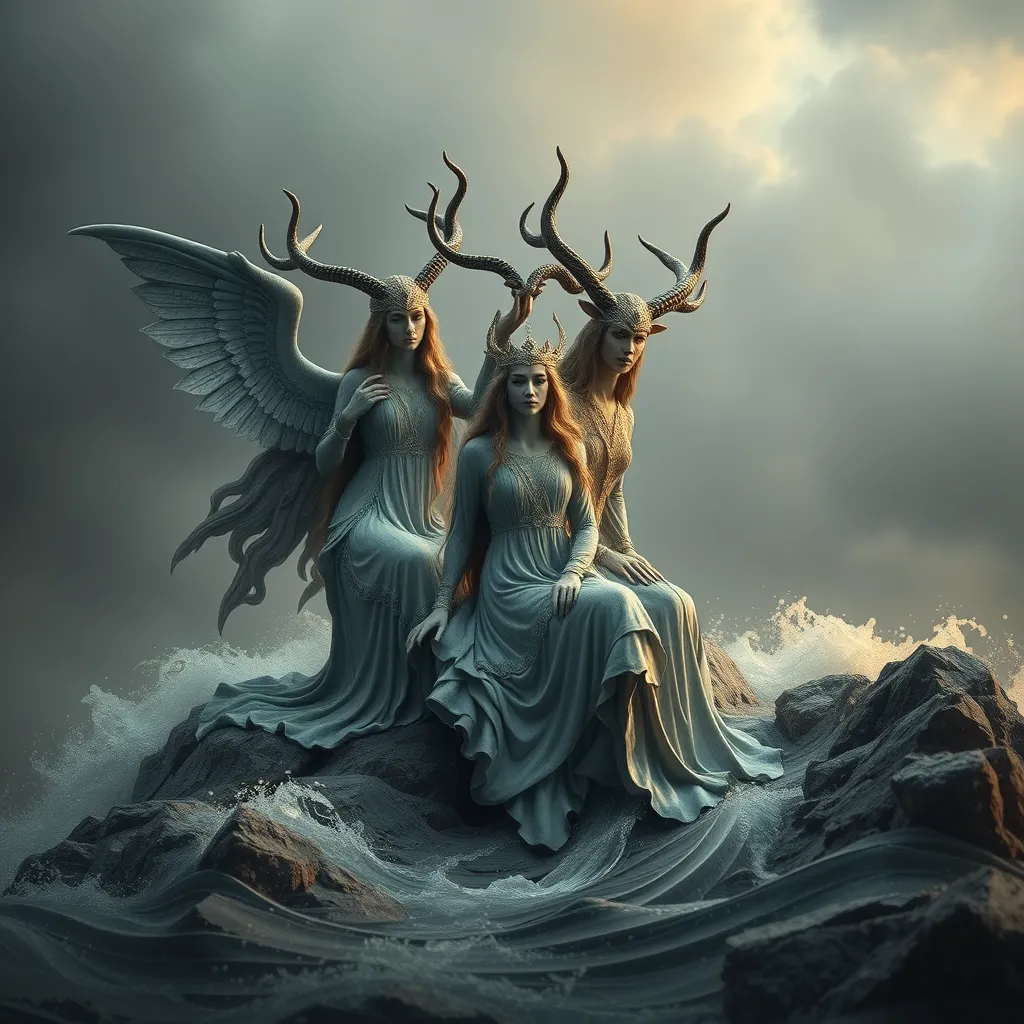The Centaur in Celtic Folklore: The Creatures of the Forest and the Guardians of the Wild
I. Introduction to Celtic Folklore and Mythology
Celtic folklore and mythology are rich tapestries woven from the beliefs, stories, and traditions of the Celtic people, who inhabited parts of Europe, including Ireland, Scotland, Wales, and Brittany. This culture is renowned for its vibrant oral traditions and unique perspectives on nature and the supernatural.
Within this folklore, mythical creatures abound, each with their own significance and role in storytelling. From the fae to the selkies, these beings often embody the values and fears of the communities that tell their tales. Among these captivating figures is the centaur, a creature that has fascinated audiences for centuries.
The purpose of this article is to explore the role of the centaur within Celtic folklore, examining its origins, characteristics, and the lessons it imparts through the stories of the past.
II. Understanding the Centaur: Origins and Characteristics
The centaur is traditionally defined as a creature with the upper body of a human and the lower body of a horse. This unique combination reflects a duality of nature, representing both the civilized and the wild.
Unlike the centaurs of Greek mythology, who are often depicted as rowdy and unruly, Celtic centaurs possess a more harmonious relationship with nature. They symbolize the balance between human intellect and animal instinct.
In Celtic culture, the centaur represents:
- Strength and agility
- Wisdom and instinct
- Connection to the natural world
III. The Role of Centaurs in Celtic Lore
Centaurs in Celtic lore are often seen as guardians of nature and the wild. They inhabit the dense forests and lush landscapes that characterize the Celtic world, acting as protectors of the flora and fauna within their realms.
These creatures are deeply connected to the natural environment, often depicted in stories that emphasize their role in maintaining the balance of ecosystems. They interact with other mythical beings, such as faeries and druids, often serving as allies in quests to protect the land.
IV. Notable Centaur Legends in Celtic Mythology
Several legends feature centaurs prominently, each revealing insights into the cultural values of the Celts. One notable story involves a centaur who assists a hero in a quest to retrieve a stolen artifact, showcasing themes of loyalty and bravery.
Key themes in these legends include:
- The importance of harmony with nature
- Friendship and camaraderie
- The struggle between civilization and the wild
These tales have significantly impacted Celtic cultural identity, reinforcing the reverence for nature and the interconnectedness of all living beings.
V. The Centaur’s Relationship with Humans
Human-centaur interactions in folklore often depict a complex relationship marked by friendship, conflict, and coexistence. In many stories, centaurs offer guidance to humans, reflecting a deep understanding of the natural world.
However, tensions can arise as well, especially when humans encroach upon nature. These narratives serve as cautionary tales about the consequences of disregarding environmental harmony.
Lessons learned from these relationships include:
- The necessity of respecting nature
- The value of collaboration between species
- The understanding that all beings are interconnected
VI. Centaurs in Modern Interpretations of Celtic Folklore
In contemporary literature and media, centaur mythology continues to influence storytelling, often appearing in fantasy genres as symbols of strength and wisdom. Popular series, such as J.K. Rowling’s “Harry Potter,” feature centaur characters that embody the blend of human intellect and animal instinct.
Artistic representations of centaurs have also evolved, showcasing their majestic form in paintings, sculptures, and digital art. This resurgence of interest has led to a new wave of adaptations that reflect modern values while honoring traditional lore.
VII. The Ecological Significance of Centaurs in Folklore
Centaurs serve as potent symbols of environmental stewardship within Celtic folklore. Their existence highlights the Celtic reverence for nature and wildlife, embodying the harmony that can exist between humanity and the wild.
Modern implications of centaur mythology include:
- Encouragement of conservation efforts
- Raising awareness about ecological issues
- Inspiration for sustainable living practices
VIII. Conclusion: The Enduring Legacy of Centaurs in Celtic Folklore
In conclusion, the centaur holds significant importance within Celtic culture, symbolizing the union between humanity and nature. As guardians of the wild, they remind us of the need to respect and protect our natural surroundings.
The enduring legacy of centaurs in folklore serves as a timeless reminder that the balance between civilization and the wild is essential for harmony in our world. As we continue to navigate the complexities of modern life, the lessons imparted by these mythical beings remain relevant, urging us to cultivate a deeper connection with the environment.



